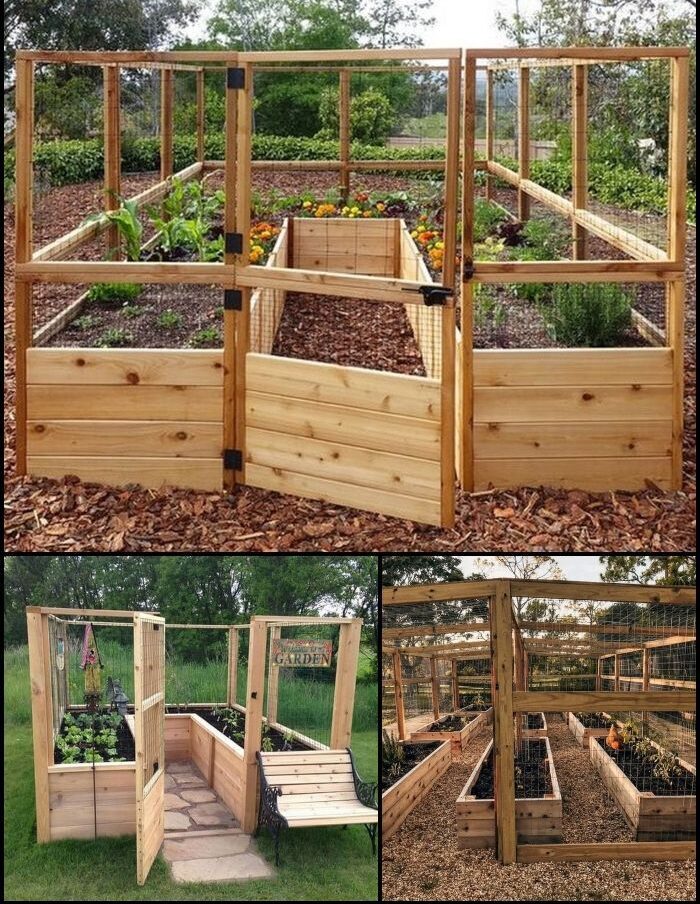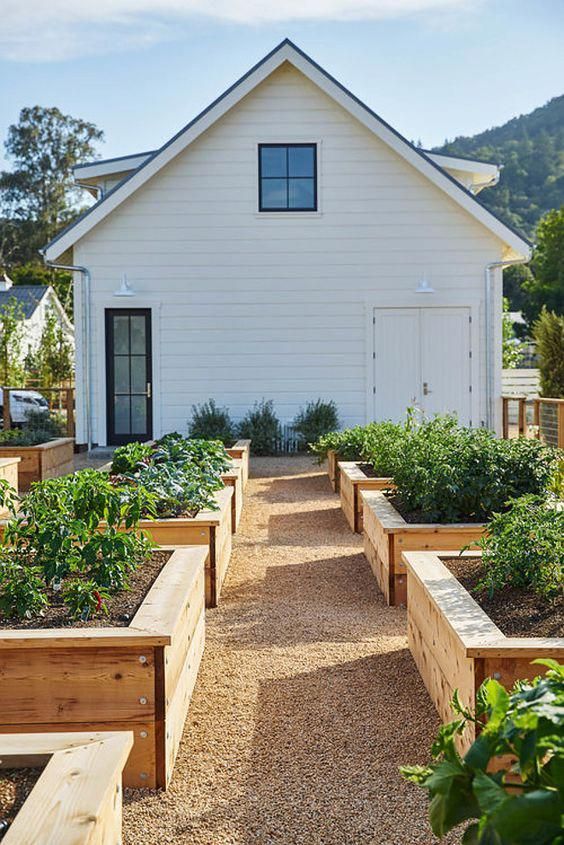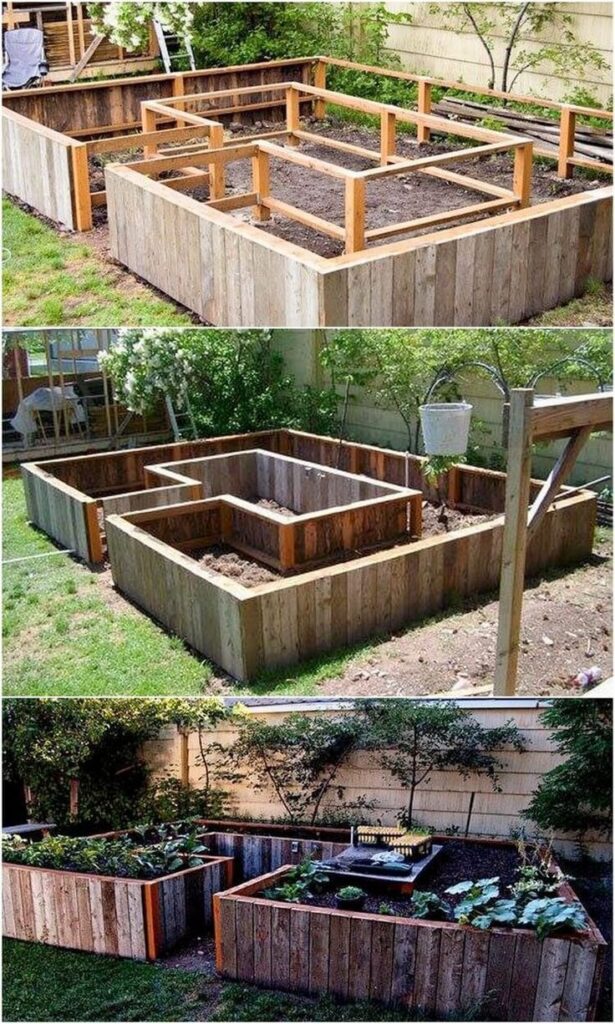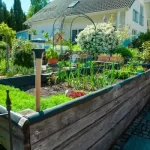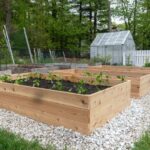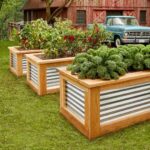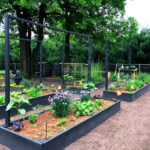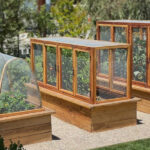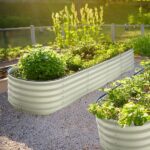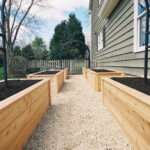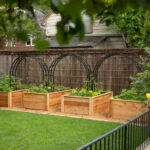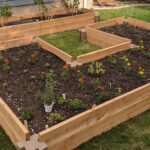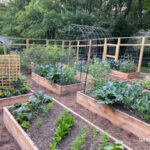Raised garden beds are a popular gardening method that has been gaining traction in recent years. These beds are essentially boxes or frames that are raised off the ground, allowing for more control over soil composition, drainage, and planting arrangements.
One of the biggest benefits of raised garden beds is the ability to control the quality of the soil. By filling the beds with a specific mix of soil, compost, and other organic materials, gardeners can create the ideal growing environment for their plants. This is especially useful in areas with poor soil quality, as it allows for successful gardening without the need for extensive soil amendments.
Raised garden beds also offer better drainage than traditional in-ground gardens. Because the beds are elevated, excess water can easily drain out, preventing waterlogged soil and root rot. This is particularly beneficial in areas that receive heavy rain or have clay-heavy soil that tends to retain moisture.
In addition to improved drainage, raised garden beds also provide better aeration for plant roots. The elevated nature of the beds allows for proper air circulation, which is important for the health and growth of plants. This aeration helps prevent soil compaction and promotes healthy root development.
Another advantage of raised garden beds is their accessibility. The raised height of the beds makes it easier for gardeners to tend to their plants without bending over or kneeling on the ground. This can be particularly helpful for individuals with mobility issues or back problems, making gardening more enjoyable and less physically taxing.
Furthermore, raised garden beds can help deter pests and weeds. The elevated nature of the beds makes it more difficult for pests like rabbits and groundhogs to access the plants, while the contained structure helps prevent weeds from spreading. This can lead to healthier plants and a more successful harvest without the need for harsh chemicals or pesticides.
 yishifashion Where Outdoor Dreams Become Reality
yishifashion Where Outdoor Dreams Become Reality
